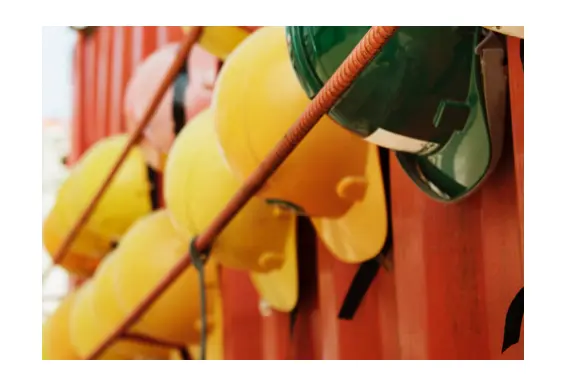Oil and Gas Separators
e-Learning
About the eLearning Course
In Oil and Gas Separators, you will learn the effects of pressure, temperature, and density on fluid separation and the function of separator components. We will cover topics such basic separators as vertical, horizontal, spherical, double-tube, baffling, and metering separators. And, you will be introduced to liquid level control.
Target Audience
Operations personnel who require a fundamental understanding of knowledge to operate and maintain facilities. Also suitable for maintenance and technician personnel whether new to their roles or seasoned experts looking to enhance their skills.You Will Learn
Participants will learn how to:
- Describe the different types of wells.
- Define emulsion and explain the importance of breaking them down.
- Explain how to prevent hydrates from forming.
- Explain how to prevent paraffin build-up.
- Explain the role pressure, temperature, and composition of well fluids play in oil and gas separation.
- Define flash and differential separation and explain the benefits of stage separation.
- Describe how oil and gas are separated in a vertical two-phase separator.
- Explain the difference between a vertical two-phase and three-phase separator.
- Explain how oil and gas are separated in a horizontal two-phase separator.
- Describe the operation of a spherical separator.
- Describe the operation and characteristics of metering separators.
- Explain how liquid stabilization systems operate and why they are used.
- Describe the operation of a liquid level controller.
- Describe the characteristics and operation of direct-acting valves.
- Describe the operation of pilot-operated valves.
- Describe the operation of safety relief valves.




